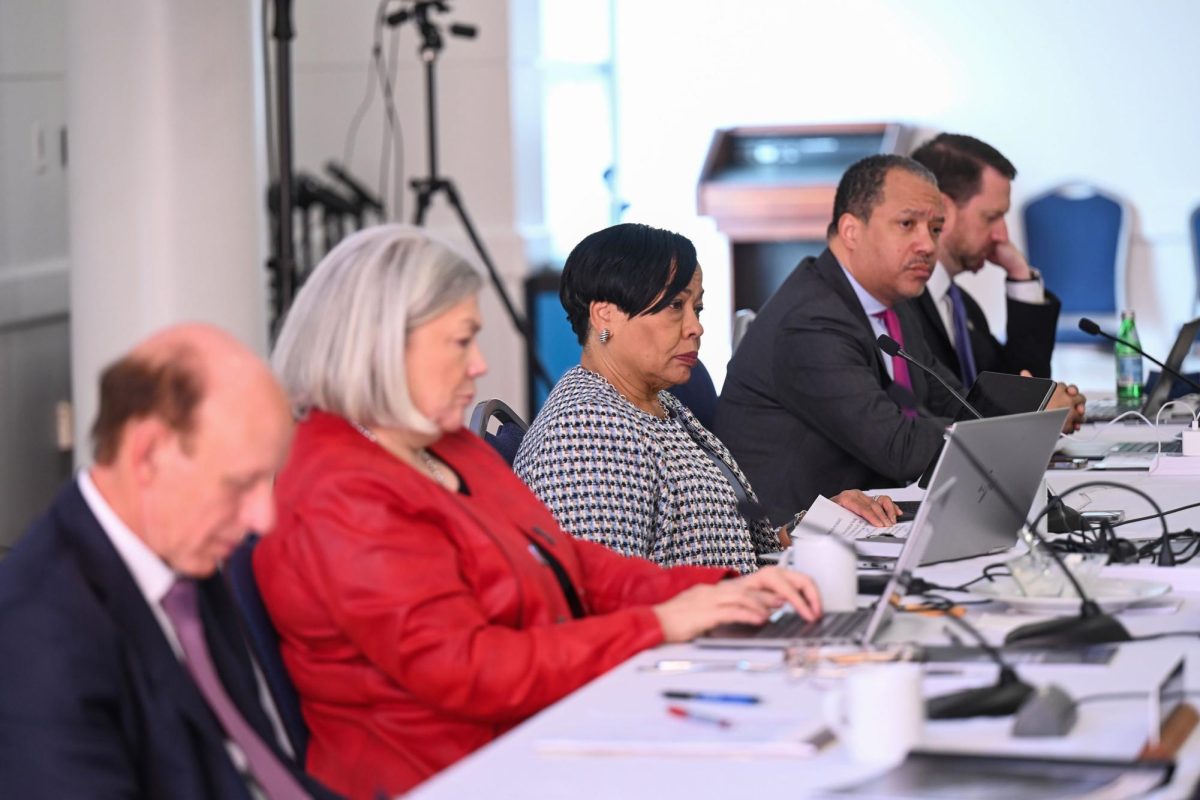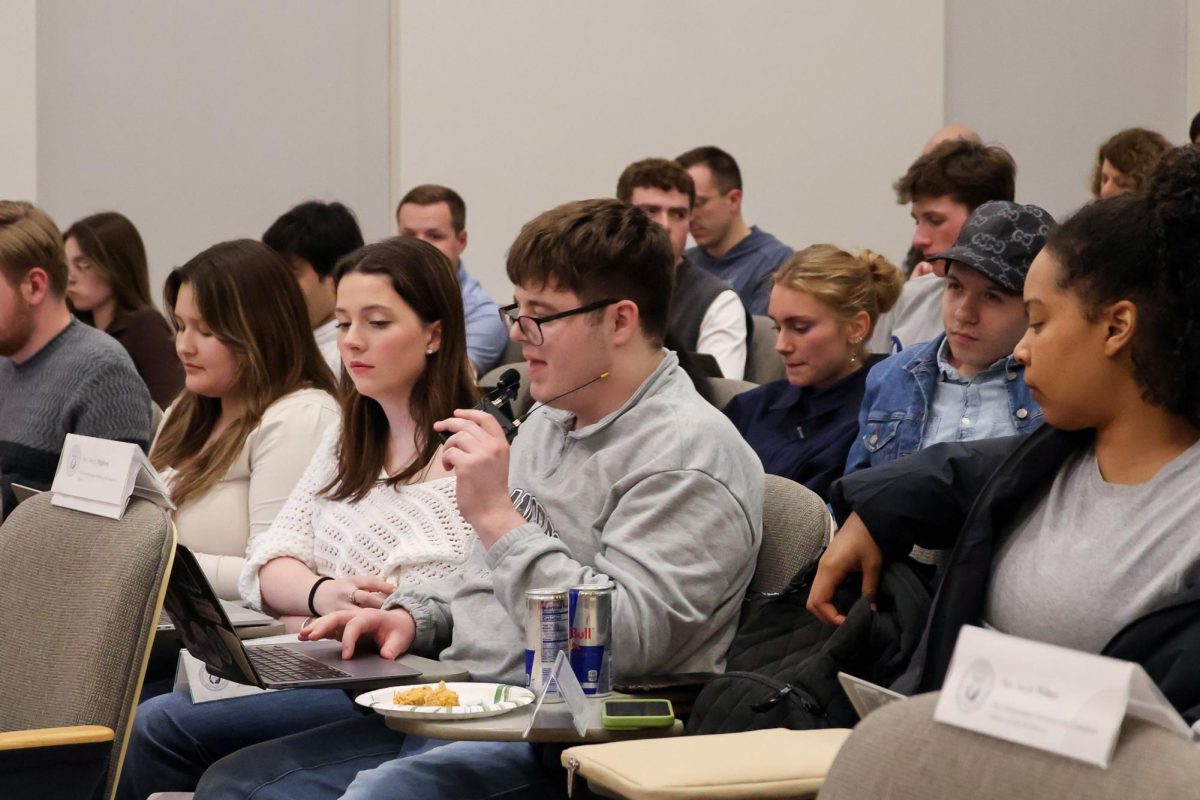Updated: March 1, 2022 at 3:04 p.m.
President Joe Biden’s Build Back Better Plan would include a $40 billion investment in higher education initiatives that experts say would provide relief to low-income students strained by the pandemic.
A portion of the $40 billion designated for higher education institutions would provide enough funding to increase the maximum Pell Grant award from $6,495 to $7,045 for students at private and public nonprofit institutions like GW. University officials have previously signaled support for an increase in Pell Grant awards, signing a letter in March along with 1,200 other colleges and higher education organizations to double the size of the award.
Officials announced a fundraising initiative last month to increase the financial aid budget for Pell-eligible students as part of a larger effort to make the University more affordable. As part of the GW initiative, officials will increase the financial aid budget for Pell-eligible students by roughly $2 million each year to fund need-based grants, loans and work-study packages.
“This is just the beginning of our work to ensure that GW opens the doors of opportunity for the most talented students around the world,” Board Chair Grace Speights said in a release last month. “We are making scholarships and fellowships a major fundraising priority to ensure every future leader has the same opportunity.”
A report from the National Association of Student Financial Aid Administrators earlier this month found that increasing the maximum Pell Grant award would help make the funding more effective and accessible.
“The simplest, most predictable method of expanding Pell Grant eligibility further into the middle class is to increase the maximum Pell Grant award,” the report states.
Experts in higher education said the increase in Pell Grant funding would help support low-income students, but the federal government and higher education institutions should make permanent institutional reforms, guaranteeing food and shelter and providing cash incentive programs for those students.
Lynn Pasquerella, the president of the Association of American Colleges and Universities, said the increase in funding for Pell Grants would help alleviate the economic strain that students have faced because of the pandemic. The U.S. Census survey conducted last August found low-income students of color are facing disproportionate economic barriers to finishing college.
“At a time when it’s more important than ever to push back against the growing economic and racial segregation in higher education, this will make a difference in providing access and the means necessary to support students for success once they’re in college,” Pasquerella said.
Pasquerella said the bill is a step toward diversifying the student body because it will help students from lower socioeconomic backgrounds to get a college degree, but officials should take more steps to ensure students can afford essentials like textbooks and food.
“There’s a need to focus on the fact that Pell is a start, but students still might be denied access to the resources necessary to complete college if they can’t afford to pay for books, food, housing and other necessities of life,” Pasquerella said.
Jennifer Delaney, an associate professor of higher education at the University of Illinois Urbana-Champaign, said Pell Grants have lost much of its “purchasing power” as tuition increases over time, but the package may help address this issue.
“There are a lot of barriers to this,” Delaney said. “There are a lot of information asymmetries. Not everyone who should be getting the Pell award is getting the Pell award.”
But Delaney said the Pell Grant increase is a “step in the right direction” since the bill allocates a large amount of money to “wraparound” programs, which provide additional support services to students and increase college retention rates.
“Increasingly, the academic literature is showing that it’s not enough to give somebody Pell,” she said. “It’s not enough to just have the finances covered to meet your basic cost of attendance. You need these wraparound support services, particularly if you’re a low-income student moving into a place like GW that has a fairly high income skew on the student body, being private in D.C.”
She said when the U.S. economy faces a downturn, more students may move into the income bracket to qualify for a Pell Grant. In turn, colleges across the country will see more students looking to use the Grant, making increases to available Pell Grant money more significant, she said.
“It’s a lot of new money, and every time we’ve seen Pell go up, we have seen increases in low-income students attending college,” she said.
This post has been updated to correct the following:
The Hatchet incorrectly reported that the Pell Grant increase was part of the bipartisan infrastructure package. It is part of the Build Back Better plan. We regret this error.








